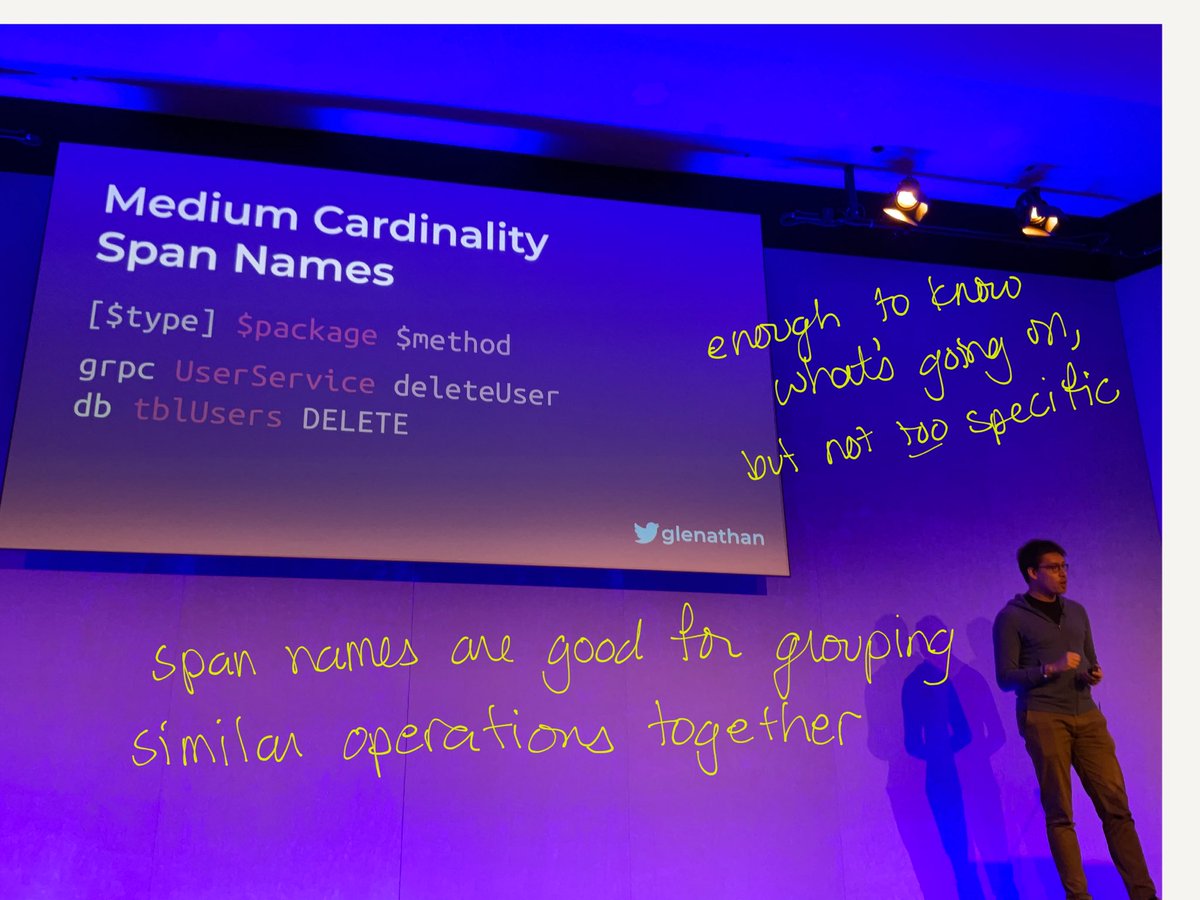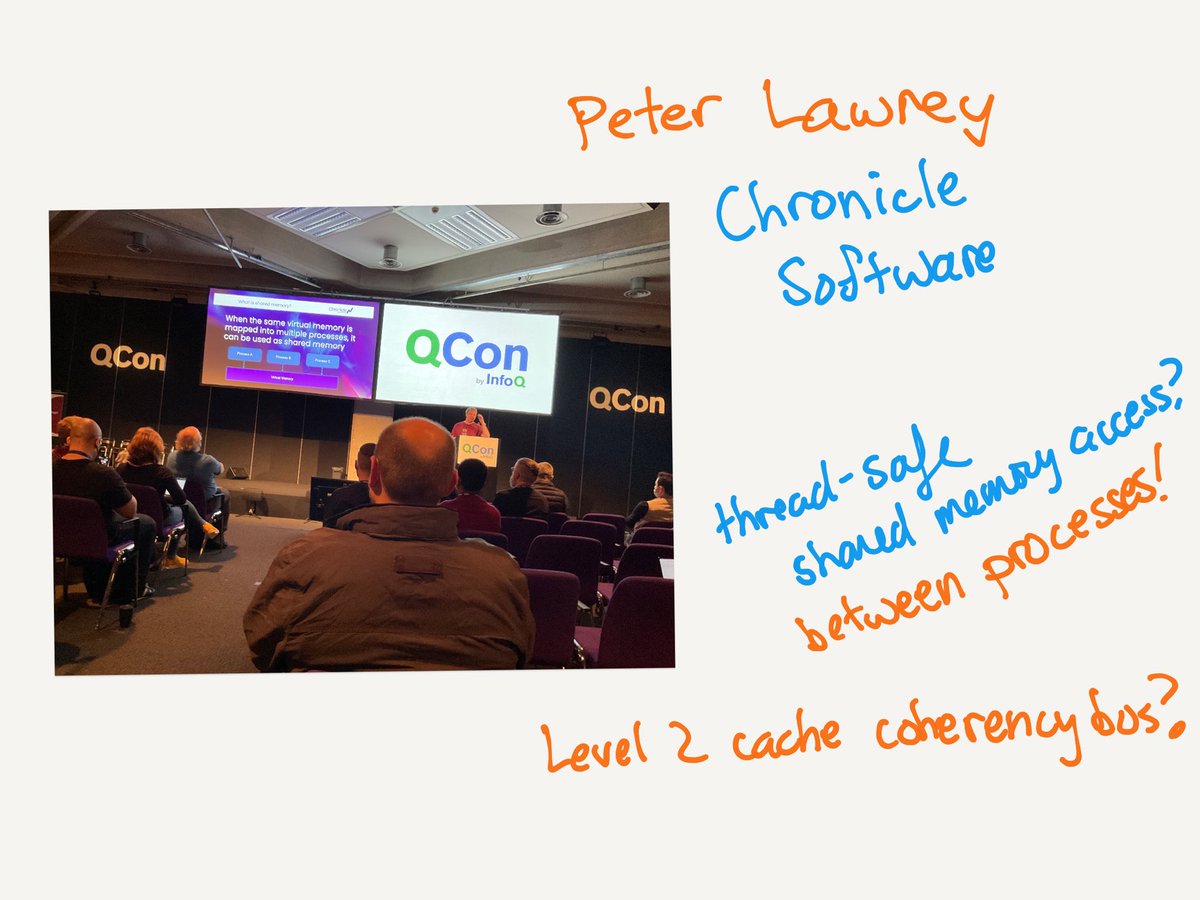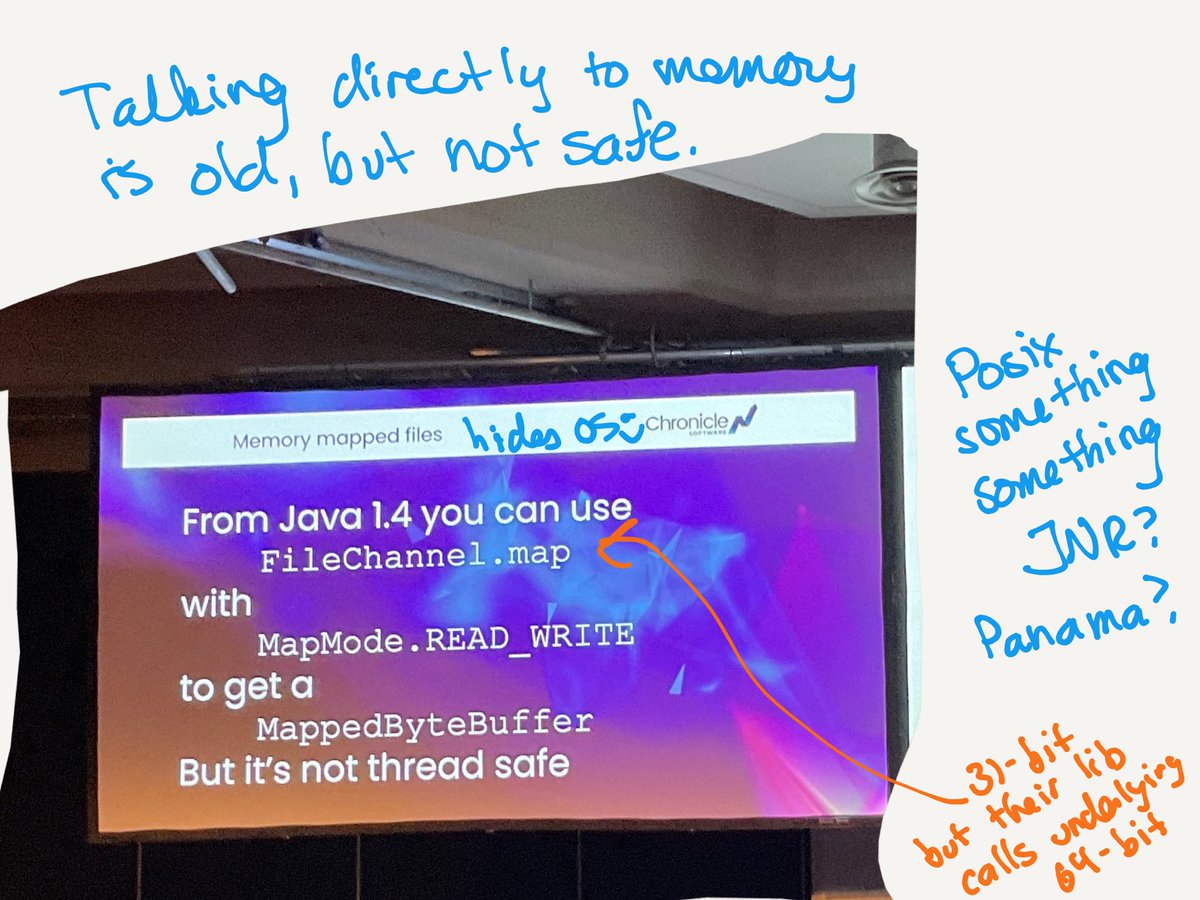
Opening keynote at #qconlondon today: Sophie Wilson, microprocessor designer en.wikipedia.org/wiki/Sophie_Wi… 

Moore’s Law was a self-fulfilling prophecy because microprocessor manufacturers set it as their goal to keep up with it.
- Sophie Wilson, #qconlondon
- Sophie Wilson, #qconlondon
4000 transistors is critical mass for a microprocessor. Fewer than that, you can’t do enough.
the ARM1 had 25000 transistors, in 1985. - Sophie Wilson, designer of the ARM1 #qconlondon
ARM1 was designed using a computer. Its predecessor (the 6502) was laid out by hand. #qconlondon
Reduced instruction set -> smaller number of transistors in the instructor decoder.
32 bit (instead of 8)
Better architecture made it faster
Reduced instruction set -> smaller number of transistors in the instructor decoder.
32 bit (instead of 8)
Better architecture made it faster
The Firepath microprocessor (2003) does signal processing for DSL everywhere, those green cabinets in the road.
6 million transistors
entirely laid out by a computer
Much more complicated instruction set.
For more power, add more microprocessors…
6 million transistors
entirely laid out by a computer
Much more complicated instruction set.
For more power, add more microprocessors…
… limited by Amdahl’s Law.
Adding more processors only helps the parallelizable parts.
Quickly, the sequential part of your program dominates.
If it’s half parallelizable, you can’t exceed a 2x speedup ever.
Adding more processors only helps the parallelizable parts.
Quickly, the sequential part of your program dominates.
If it’s half parallelizable, you can’t exceed a 2x speedup ever.
No automatic compilation of scalar programming languages is going to work,
to scale computation ability with the increasing number of microprocessors in a computer.
We need a revolution in software.
- Sophie Wilson, #qconlondon
to scale computation ability with the increasing number of microprocessors in a computer.
We need a revolution in software.
- Sophie Wilson, #qconlondon
“Don’t write anything too slow, because you cannot assume that in the near future, a more powerful computer will come out and make that work.” Sophie Wilson, #QConLondon
For years, microprocessors increased in speed by 50%/year
but now it’s more like 3%.
All we can do is add more processors, so Amdahl’s Law rules.
Sophie Wilson #QConLondon
but now it’s more like 3%.
All we can do is add more processors, so Amdahl’s Law rules.
Sophie Wilson #QConLondon
Now we’re limited not by transistor size, but by power. They’re too hot.
Modern intel processors have high burst performance, but most of the time, they have to keep half the transistors dark.
#QConLondon
Modern intel processors have high burst performance, but most of the time, they have to keep half the transistors dark.
#QConLondon
Smaller transistors used to mean cheaper, but now the smallest ones are more expensive. (smaller than 28nm)
And don’t use less power.
The “smaller” ones are often smaller in 2D, by sticking up.
And don’t use less power.
The “smaller” ones are often smaller in 2D, by sticking up.
Progress has gotten way more expensive. (The easy advances are done.)
Way more researchers (18x more)
way fewer companies (22->3)
Way more researchers (18x more)
way fewer companies (22->3)
Lithography machines (printers for transistors) are way bigger and fancier, now as big as the stage (it’s a big stage) with a laser under the floor
Vacuum chambers where the laser vaporizes drops of tin…
only one company makes them. Hundreds of millions $
Vacuum chambers where the laser vaporizes drops of tin…
only one company makes them. Hundreds of millions $
Increases will still work for specialized purposes.
But consumers need to adjust expectations:
“The massive gains in scalar performance are over
and costs have stopped dropping, and are now rising!”
Sophie Wilson #QConLondon
But consumers need to adjust expectations:
“The massive gains in scalar performance are over
and costs have stopped dropping, and are now rising!”
Sophie Wilson #QConLondon
• • •
Missing some Tweet in this thread? You can try to
force a refresh







































